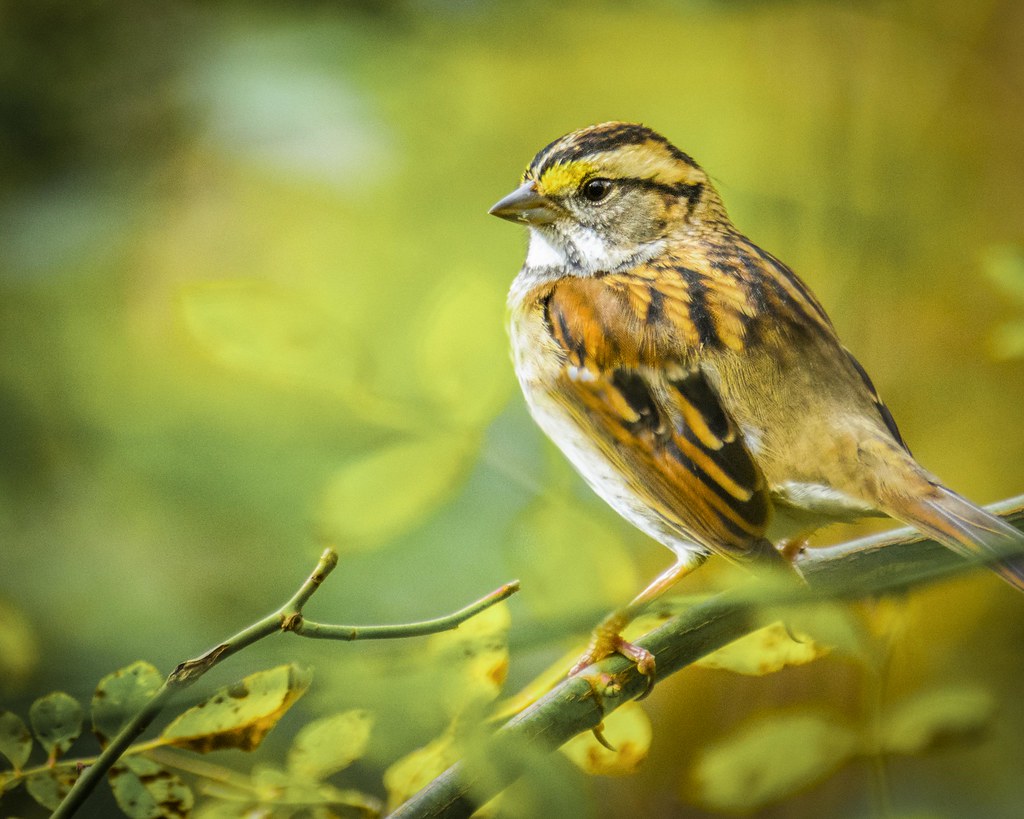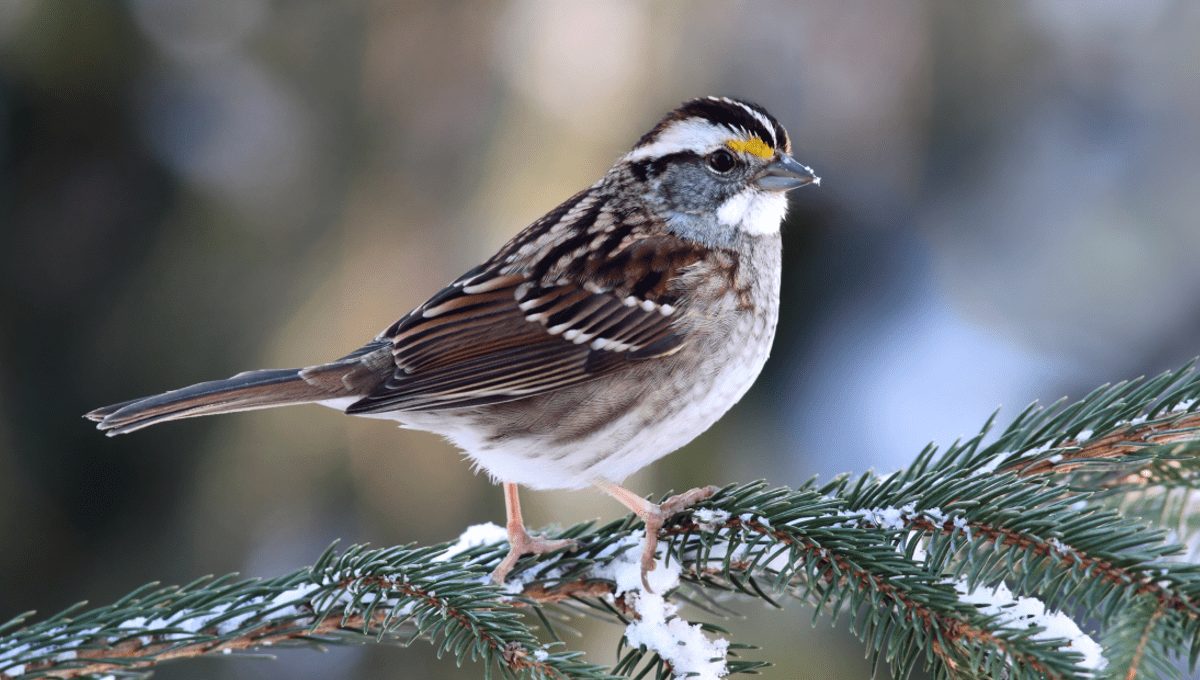If you thought navigating the human dating scene was hard, wait till you get familiar with the sexual behavior of white-throated sparrows.

Image credit: Thomas James Caldwell
The white-throated sparrow (Zonotrichia albicollis) has evolved two additional sexes, in addition to the two sexes already present. As a result, each individual bird can only mate with one-fourth of the species.
Relatively common in North America, the species has two morphs: one with white stripes on their heads and the other with tan stripes. The white-striped morph is known for their excellent singing ability but are aggressive and promiscuous, and tend to neglect their parental duties. On the other hand, tan-striped morphs are monogamous and devoted parents but have inferior singing skills.
Despite these contrasting characteristics, white-striped sparrows will only breed with tan-striped sparrows, and vice versa. A gene mutation in white-striped birds caused a segment of chromosome two to flip, creating a “supergene” that cannot exchange genetic information with its partner. Scientists discovered in the 1960s that tan birds have two identical chromosomes, while white birds have one regular and one inverted chromosome. If a white-striped bird mates with a tan-striped bird, there is a 50% chance of their offspring inheriting the inverted gene.

White-throated sparrow colors and sexes — the green arrows indicate the only successful mating combinations. Image credit: Outside My Window (photos from Wikimedia Commons)
Researchers Elaina Tuttle and Rusty Gonser, who were a married couple, found in the early 2000s that the inverted gene discovered earlier was not simply a “flip” but something more complex. Based on their observations, they hypothesized that the gene’s scrambled state indicates that the white-throated sparrow species is evolving two additional chromosomes, thereby bringing the total to four.
“These birds are an amazing system,” Catherine Peichel, an evolutionary ecologist at the University of Berne, told Nature. “The process of sex-chromosome evolution tends to erase much of the evidence of how it happened, so being able to watch the process in action is a huge benefit.”

Unfortunately, Elaina Tuttle passed away in 2016, not long after publishing her remarkable paper, but her groundbreaking findings continue to captivate us.
“This bird acts like it has four sexes,” says Christopher Balakrishnan, an evolutionary biologist at East Carolina University in North Carolina, who worked with Tuttle and Gonser. “One individual can only mate with one-quarter of the population. There are very few sexual systems with more than two sexes.”
And that’s no coincidence. “That we never see systems with four sexes says that they’re evolutionarily unstable and one of these alleles will ultimately go extinct,” Balakrishnan explains.

So, then, this is a very special evolutionary moment.








